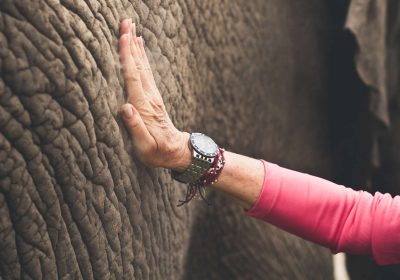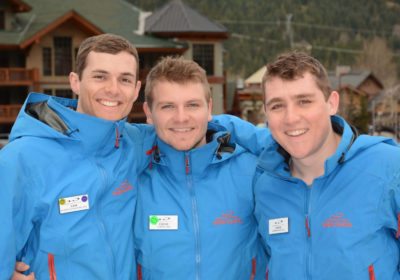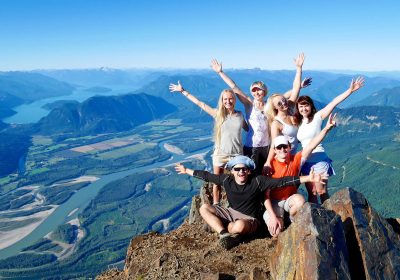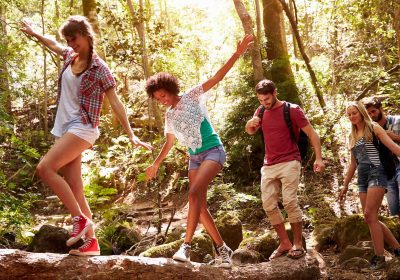We absolutely love reading all about the work that our volunteers do and how they contribute to the project that they are helping. Anjui Swift is coming to the end of her 3 month stay in Sri Lanka and has given a really wonderful insight into what life on the project is like.
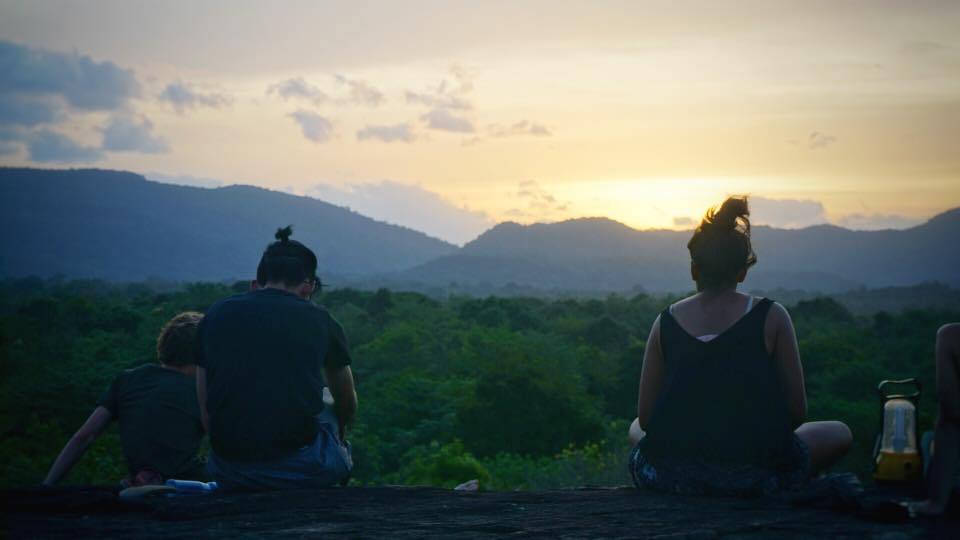
“A normal day in the field house would start with a morning activity, this would include either an elephant dung transect or collecting the disks from the camera traps to download the images. The elephant dung transect was usually carried out by two staff members and five volunteers. We would walk through an elephant trail searching for fresh elephant dung. Once the dung was spotted we would measure the diameter of three boli, this allowed us to gain an average size of the elephant dung and then estimate the age and sex of the elephant it came from. We also broke down the dung and recorded the seeds and plants which the elephant had eaten. Along with recording the insects found in the dung, we noted the habitat in which the dung was found.
Another morning activity was monitoring the camera traps. The project currently has camera traps in five different places, with three cameras on each trail. The collection of these traps usually involves a strenuous hike up hills, but the view is always rewarding. Once we have returned to the field house we are then able to download the images stored in the disks to observe the wild animals that had been captured by the cameras.
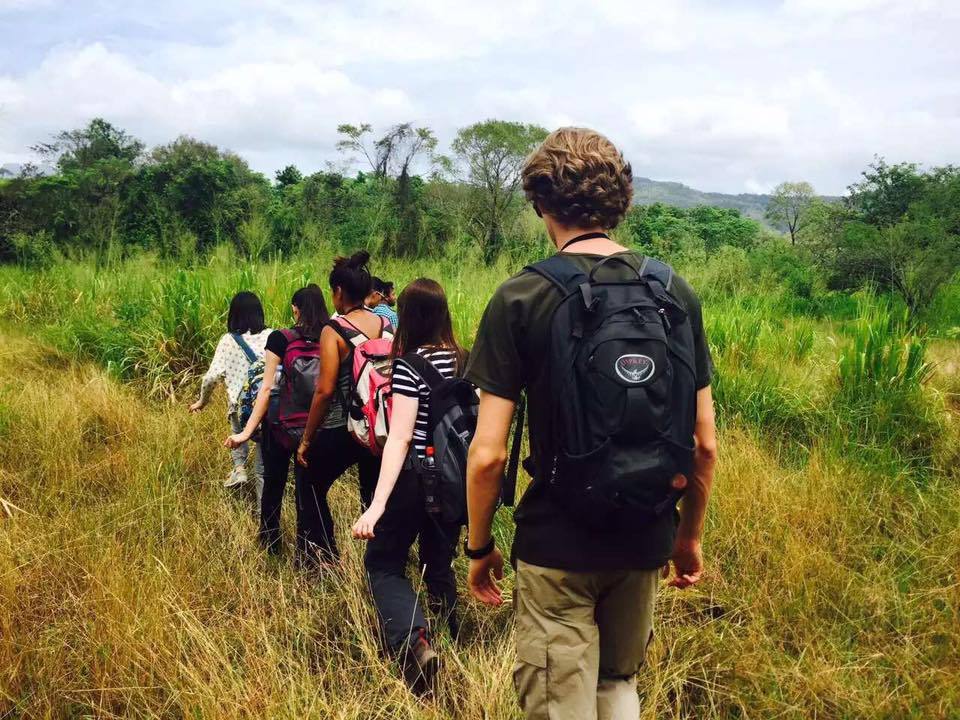
The beehive project is also up and running, however there is a lot of monitoring which needs to be done. Volunteers are given the choice to assist with this once a week. The activities are usually simple but essential. They include recording the number of hives with bees in them and recording the number of empty ones and what is occupying them; usually ants but occasionally mice or snakes. The volunteers also help with the maintenance of the hives; this includes building new roofs for the bee boxes and repairing the wires connecting the beehive fences.
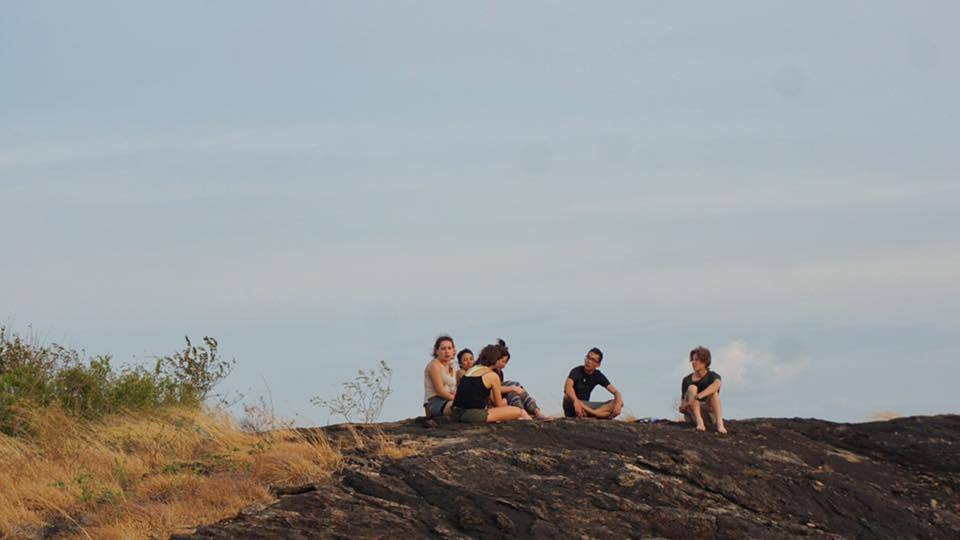
During the afternoon all the volunteers head down to the tree hut situated in the elephant corridor. This is where we observe the interactions between elephants and the local people.. We also record the amount of traffic and noise pollution which takes place on this road. This is also an excellent place to observe elephant herds and to take great photographs.
On the 23rd of May, the project launched the EleFriendly Bus. I was very fortunate to be there to attend this grand and important event. The whole day was dedicated to the local people and the sponsors who helped to fund the bus. The new bus will allow for the safe transportation of children to and from school in one of the most dangerous and elephant active roads in Sri Lanka. Before the EleFriendly Bus Service was launched the local children were afraid to go to school in fear of walking along this road. Now thanks to the project the parents and the children’s minds are free from fear of elephants, and they can now look forward to their education and a bright future.”
If you would like to get involved in the programme then check out our volunteering with elephants website.








